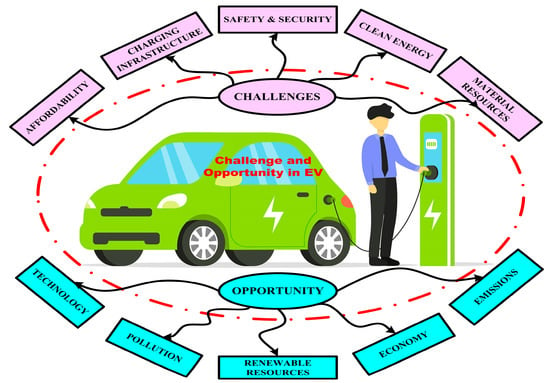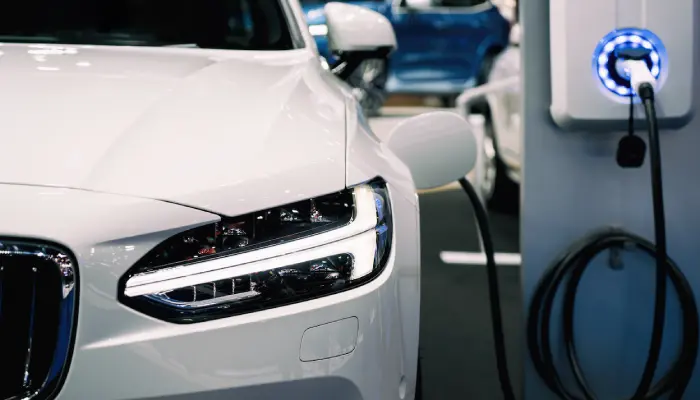Are EV Batteries a Threat? Addressing Recycling Concerns
Mia Anderson
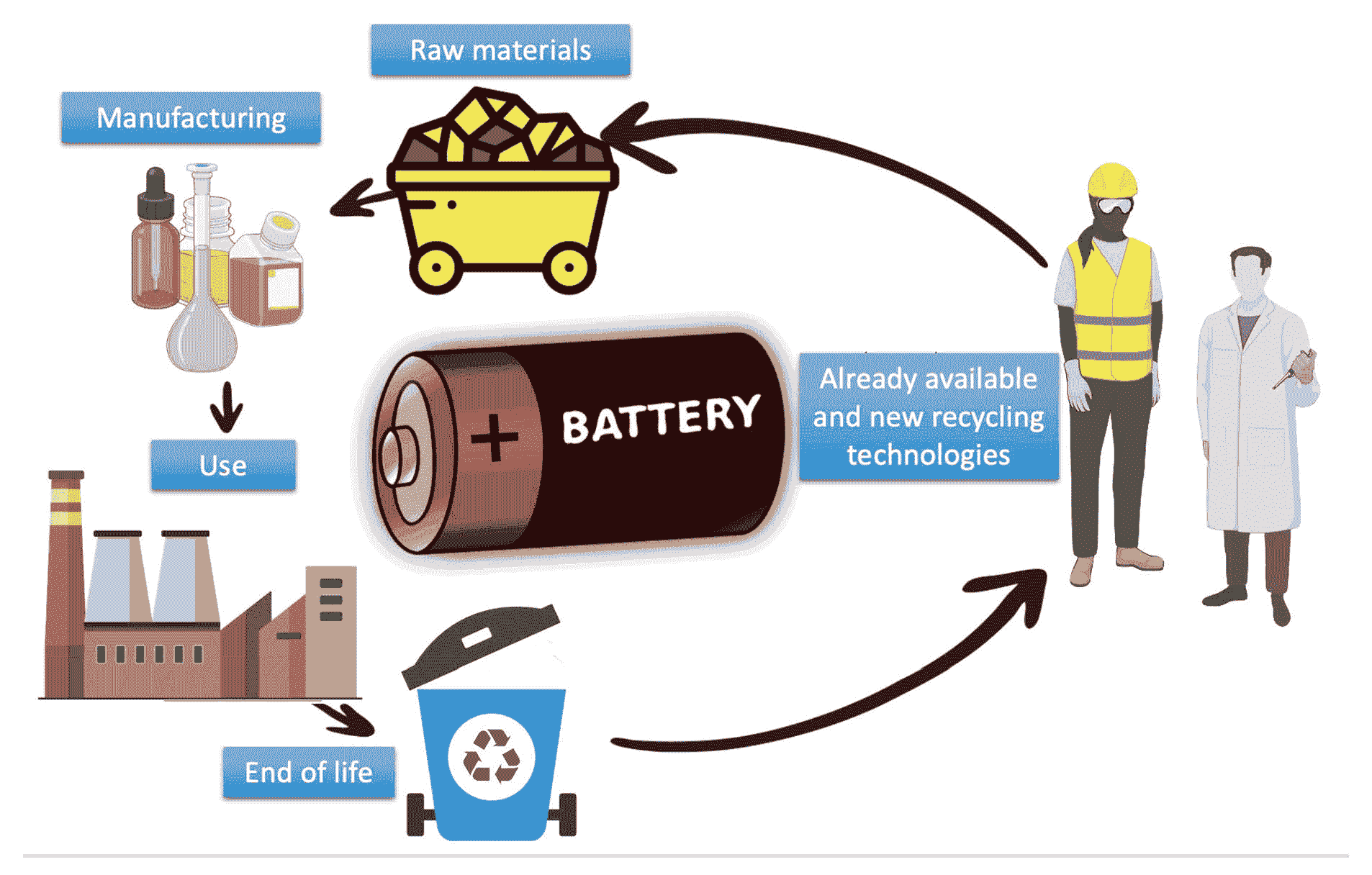
Photo: Are EV Batteries a Threat? Addressing Recycling Concerns
Electric vehicles (EVs) are steadily transforming the way we travel, offering a cleaner mode of transportation and helping reduce our reliance on fossil fuels. Yet, amidst the growing enthusiasm, a pressing question emerges: Are EV batteries a threat to our environment and society? Concerns often arise about battery waste, recycling difficulties, and potential safety hazards. This article explores the complexity surrounding EV battery disposal, highlights ongoing recycling innovations, and aims to address whether EV batteries actually pose a threat or if they represent a step forward in eco-friendly mobility.
Introduction
While demand for electric vehicles continues to rise, critics worry that the lithium-ion batteries powering EVs might end up generating more environmental and safety problems than we currently foresee. Several factors fuel this concern, including the resources required for manufacturing these batteries, the amount of energy consumed during production, and the possible challenges in disposing of or recycling them at end-of-life. Yet, a closer look at the facts reveals a nuanced story.
This article provides a thorough analysis of EV battery composition, disposal practices, and emerging recycling techniques. It also underscores the collaboration among governments, manufacturers, and consumers in ensuring that EV batteries do not become an environmental burden. By the end, you will have a clearer perspective on the real threats posed by these powerful energy storage units and the many solutions available to mitigate them.
Background: The Rise of Electric Vehicles
For decades, society relied heavily on gasoline-powered cars, with high carbon emissions damaging our planet’s health. In an effort to curb pollution and slow climate change, automakers worldwide began developing electric vehicles. Over time, EVs have become more affordable, and governments in various countries have introduced incentives to encourage their adoption.
The core technology propelling an EV forward is its lithium-ion battery. By enabling prolonged driving ranges and reliable performance, these batteries are the backbone of the electric vehicle movement. However, as more EVs hit the roads, questions about the lifecycle of these batteries and what happens once they wear out become inevitable. Understanding the environmental implications of battery production and disposal is crucial to preserving the benefits that EVs promise.
Understanding the Composition of EV Batteries
Electric vehicle batteries commonly use lithium-ion chemistry, featuring critical elements such as lithium, cobalt, nickel, and manganese. These materials are carefully assembled into battery cells to produce enough energy for an EV to run smoothly over substantial distances. While these metals are essential for energy storage, they also carry potential environmental consequences if handled improperly.
- Lithium
Found primarily in salt flats or underground reservoirs, lithium extraction requires significant water usage. Mismanagement can disrupt local ecosystems if water supplies become depleted or contaminated. - Cobalt
Cobalt is typically mined in regions where labor practices and environmental safeguards may not always be stringent. Ethical sourcing of cobalt is thus a major topic within the EV industry. - Nickel and Manganese
Both nickel and manganese play roles in improving battery performance. When mined responsibly, their impact can be managed, but irresponsible extraction can degrade local environments.
Understanding these core components helps us see why EV batteries raise serious questions about global supply chains, ethical mining, and correct disposal processes. Nonetheless, many manufacturers are now taking steps to ensure that materials are sourced and managed with sustainability in mind.
Environmental Concerns Surrounding EV Battery Disposal
Potential Hazards
When an EV battery nears the end of its useful life in a vehicle, it still contains valuable materials that can be recycled, repurposed, or further processed. If disposed of improperly, however, these batteries could leach hazardous substances into landfills, polluting water sources and harming local habitats. Additionally, large numbers of discarded batteries pose a fire risk if not stored or transported correctly.
Energy-Intensive Production
Another dimension is the energy consumed during battery production. Extracting and processing raw materials like lithium and cobalt require substantial energy. Critics argue that the carbon footprint of EV battery manufacturing might undermine the environmental benefits of driving an electric vehicle. Yet, studies indicate that over its lifetime, an EV still tends to emit fewer greenhouse gases than a gasoline-powered car, especially if the electricity used for charging comes from cleaner energy sources.
The Lifecycle of an EV Battery
From Manufacturing to End-of-Life
EV batteries do not simply quit functioning once their capacity decreases below a certain threshold. In fact, they can enter a second life where they serve other purposes such as stationary energy storage for homes and businesses. This phase effectively extends the battery’s overall lifespan, reducing the immediate need for raw material extraction and lessening environmental impact.
Over time, even second-life batteries will inevitably degrade. At that point, responsible recycling becomes critical for recovering valuable metals and preventing environmental contamination. This cyclical approach manufacture, use, repurpose, then recycle ensures that fewer resources are extracted and fewer hazardous materials end up in landfills.
Recycling Innovations and Solutions
Recycling processes for lithium-ion batteries are continuously improving. Specialty recycling facilities can efficiently extract and refine much of the lithium, cobalt, nickel, and other materials, subsequently using them to create new batteries. By recirculating these metals, manufacturers reduce dependency on virgin resources and minimize the overall carbon footprint.
Initiatives like closed-loop recycling where old batteries feed directly back into the manufacturing of new ones are becoming more commonplace. Governments around the world are also introducing regulations that encourage or require battery producers to manage recycling responsibly. These initiatives not only lessen the likelihood of EV batteries harming the environment but also create potential cost savings when raw materials are reused.
Addressing Safety and Ethical Concerns
While environmental issues dominate the conversation, safety and ethics cannot be overlooked. Lithium-ion batteries carry risks of thermal runaway if mishandled, meaning they can ignite under severe conditions or improper storage. In response, many EV manufacturers have adopted rigorous safety standards, designing battery packs with specialized cooling systems and protective casings.
From an ethical standpoint, companies are working to improve transparency in their supply chains. By adhering to international labor standards and instituting responsible sourcing policies, manufacturers aim to ensure that minerals like cobalt are extracted under fair labor practices. Consequently, the industry’s collective approach involves not only technological innovations but also ethical commitments.
Are EV Batteries a Threat?
The perception of EV batteries as a potential threat often stems from genuine concerns about resource depletion, ethical sourcing, and hazardous waste. However, painting all EV batteries as an inevitable danger oversimplifies a multifaceted issue. The reality is that, when handled appropriately, lithium-ion batteries are not the ticking time bombs some imagine. They do require careful management, but the environmental benefits of transitioning to electric vehicles often outweigh the risks.
- Technological Advancements
Constant research and development in battery design, recycling efficiency, and alternative materials help reduce potential threats. Recycling rates for lithium-ion batteries, for instance, continue to rise. - Collaborative Efforts
Governments, manufacturers, and environmental organizations increasingly collaborate to devise clear guidelines, best practices, and stringent regulations. These alliances help build robust recycling infrastructures and support second-life applications for used EV batteries. - Long-Term Sustainability
As the world shifts toward cleaner energy systems, the adoption of electric vehicles can significantly cut carbon emissions in many regions. If we manage batteries with care and responsibility, their overall benefit to the environment can outweigh initial risks.
Conclusion: A Balanced Approach
Are EV batteries a threat? The answer is more complex than a simple yes or no. Electric vehicle batteries do pose legitimate challenges, from ethical mining concerns to potential environmental risks if mishandled. However, these batteries also offer a practical solution to decarbonizing the transportation sector. Through innovations in design, improved recycling methods, and active collaboration among industry leaders and policymakers, EV batteries can be managed in a manner that significantly reduces their environmental impact.
It is crucial for automakers, government agencies, and consumers to share the responsibility of ensuring EV batteries have a productive life cycle. By educating ourselves on the provenance of battery materials, supporting recycling initiatives, and advocating for regulatory frameworks that hold manufacturers accountable, we can tackle environmental and social concerns effectively. Ultimately, EV batteries stand not as a threat but as a stepping stone toward a more sustainable, eco-friendly future provided we handle them with the respect and care they demand.
Marketing
View All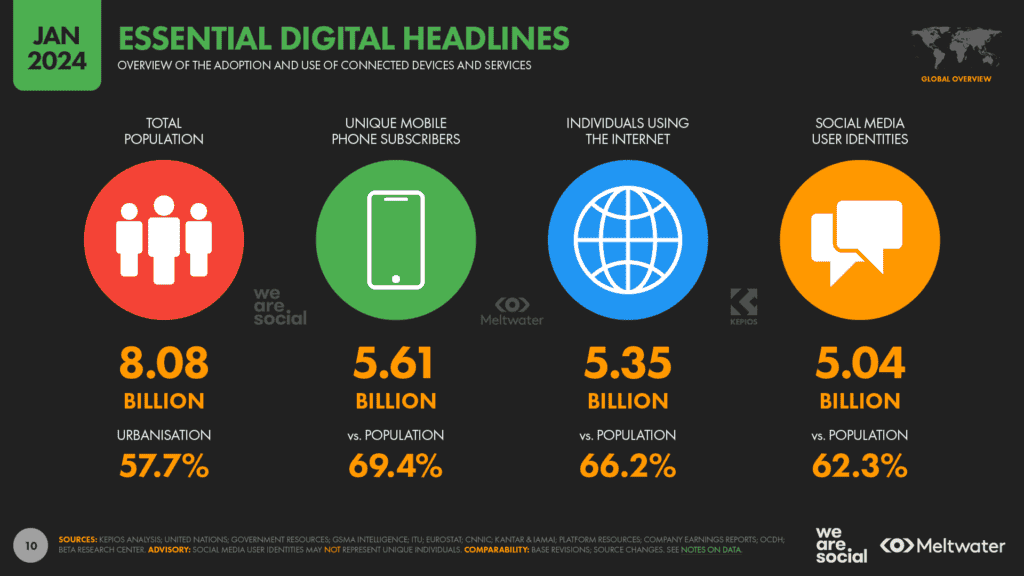
January 23, 2025
Social Media in Digital Marketing 2024Learn how social media is revolutionizing digital marketing in 2024. Boost your brand with actionable tips for viral campaigns!
Mia Anderson

January 23, 2025
10 Content Strategies for Digital SuccessCreate winning content with these 10 proven digital marketing strategies. Enhance engagement and conversions starting today!
Mia Anderson
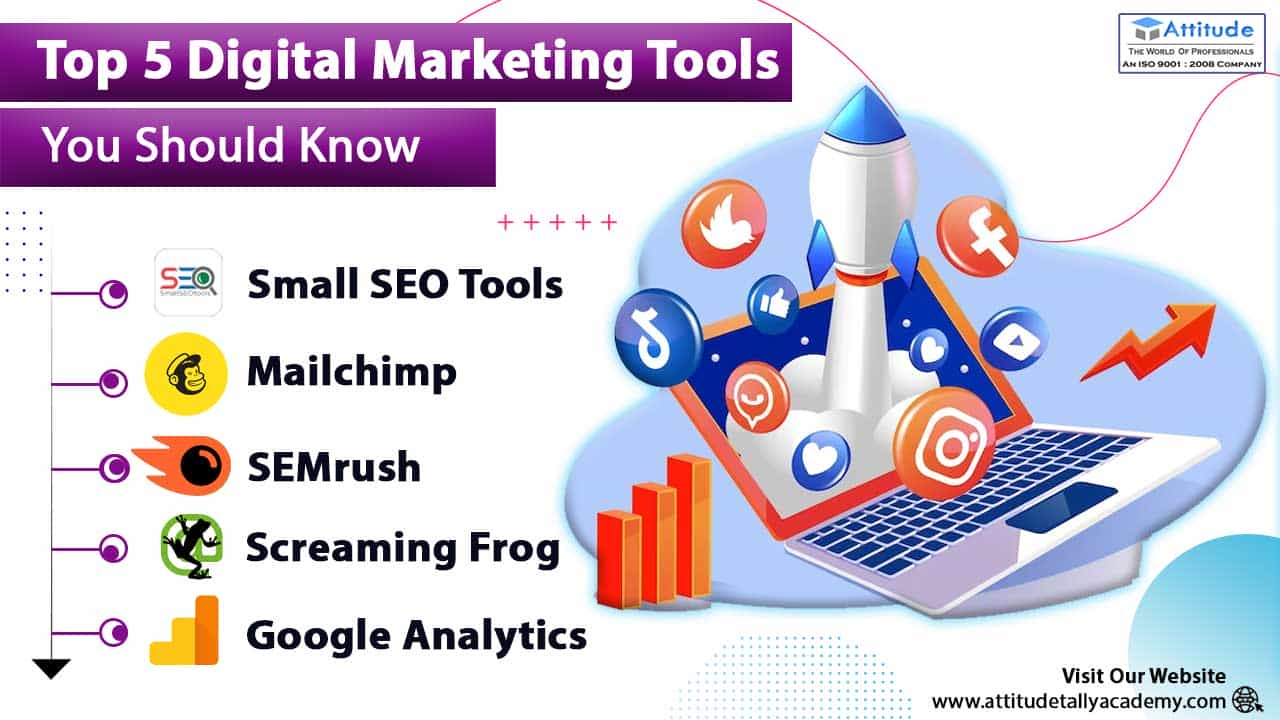
January 20, 2025
5 Best Digital Marketing Tools for GrowthUncover the top 5 digital marketing tools every marketer needs. Boost efficiency, drive results, and streamline your campaigns now!
Mia Anderson
Entertainment
View AllDiscover the fascinating history of superhero movies, from early adaptations to modern blockbusters. Uncover surprising facts and insights click to explore!
Mia Anderson
Unlock the secrets to going viral on TikTok with these 2024 strategies. From trend-spotting to unique twists, learn how to boost your visibility and engagement. Start creating viral content today!
Mia Anderson
Learn the key steps to start a YouTube channel in 2024, from content strategy to monetization. Click here for expert advice and actionable tips!
Mia Anderson
Discover the latest tips and trends for making a short film in 2024. Learn from experts and get started on your cinematic journey today!
Mia Anderson
Automotive
View AllExplore the growth of residential EV charging solutions, from home setups to energy-efficient charging options.
Read MoreDiscover the latest innovations in lightweight materials for EVs. How do these advancements improve performance and efficiency?
Read MoreDiscover real-world experiences of long-distance EV travel. Learn how EV owners tackle range anxiety and plan road trips.
Read MorePolular🔥
View All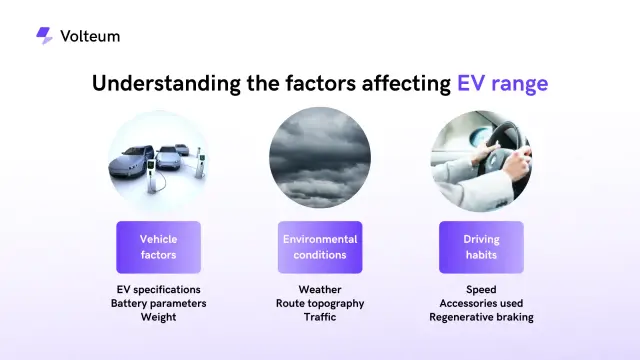
1
2
3
4
5
6
7
8
9
10
Technology
View All
September 12, 2024
Comprehensive Machine Learning Tutorial for Beginners
Master machine learning with our detailed tutorial. Learn the fundamentals and advance your skills today. Start your journey into AI now!

August 13, 2024
The Top SOC 2 Compliance Companies: Securing Your Data
Discover the leading SOC 2 Compliance companies and learn how they can help protect your organization's sensitive data. Click to explore the best options for safeguarding your business.

December 17, 2024
The Best Tech Gifts for 2024 – Shop Before They Sell Out!
Find the perfect tech gifts for everyone on your list! Click to explore the hottest gadgets and shop before they're gone.
Tips & Trick






